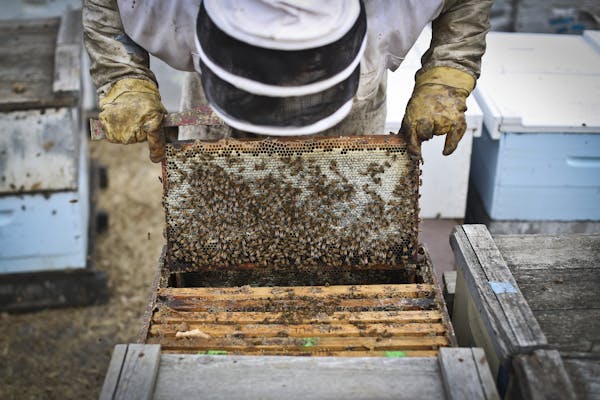WASHINGTON – More than 5,000 products, including clothing, toys and bedding, contain toxic chemicals that could be dangerous for children's health, yet stores still stock them and consumers know little about their content, an advocacy group has reported.
"For most products in our homes, including children's products, we simply don't have standards," said Erika Schreder, science director for the Washington Toxics Coalition and author of the report based on toxic chemical data from Washington state. "Manufacturers are allowed to use just about anything they want to."
The report, called "Chemicals Revealed," identified more than 5,000 products such as footwear, car seats and arts and crafts supplies that include developmental or reproductive toxins and carcinogens. Those include such toxic metals as mercury, cadmium, cobalt, antimony and molybdenum. Manufacturers also reported using phthalates in clothing, toys, bedding and baby products. Phthalates, hormone-disrupting chemicals, most are often used to make plastics pliable.
Washington state has started to require retailers to report whether they're selling products that contain one of 66 chemicals identified by the state as being of high concern to children. The report covers certain children's products sold from June 1, 2012, to March 1. Major retailers who reported using the chemicals in their products include Wal-Mart, Gap, Gymboree, Hallmark and H&M. Retailers aren't required to report the exact product, however, just product categories.
The report identified Hallmark party hats containing cancer-causing arsenic, for example, but because of the limited data that manufacturers and retailers are required to disclose, it's impossible to specify the exact party hat.
Among the other products identified: Graco car seats containing the toxic flame retardant tetrabromobisphenol A, Claire's cosmetics containing formaldehyde and Wal-Mart dolls containing hormone-disrupting bisphenol A.
Washington Toxics Coalition and Safer States, a coalition of consumer advocacy groups, praised manufacturers and retailers for providing even limited data, saying that the information is critical for understanding the presence of toxic chemicals. Yet to truly protect children, Schreder said, manufacturers need to identify safer ways to make their products and stop using harmful chemicals.
"The biggest thing that this does is to demonstrate a system that's broken, and to ask for better protection," said Sarah Doll of Safer States, which is part of a network of environmental health groups nationwide.
Only Maine has a similar program, but other states may follow in the absence of federal rules. A federal Government Accountability Office report issued in March found that the Environmental Protection Agency is limited under the Toxic Substances Control Act authority. Of the 83 chemicals EPA has prioritized for risk assessment, the agency initiated seven assessments in 2012 and plans to start 18 additional assessments this year and next, the GAO report found.
